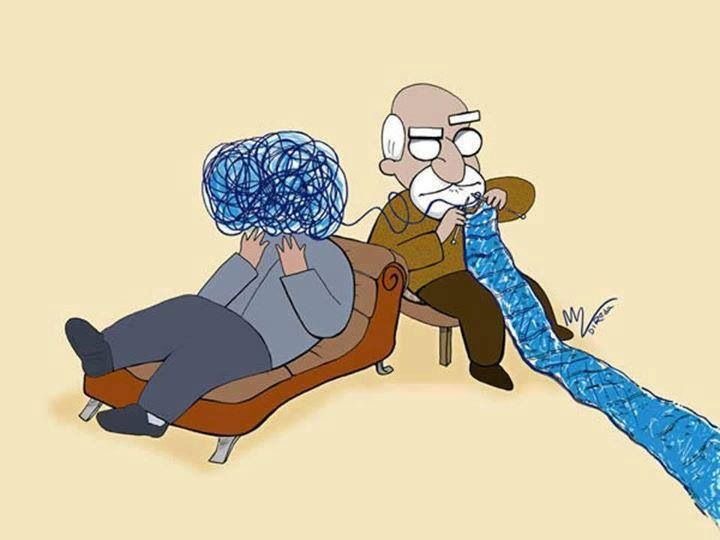The Three Stages of Psychoanalysis:

Psychoanalysis, Sigmund Freud’s groundbreaking approach to human psychology is often misunderstood as “just talking.” In reality, it is a deep, methodical exploration of the unconscious mind, designed to uncover hidden conflicts, unresolved emotions, and long-standing patterns that influence thought and behavior. Because this process traces the roots of distress to the earliest layers of emotional development, it unfolds gradually and intentionally.
Traditionally, psychoanalysis progresses through three major stages, each with a distinct purpose. Together, they form a transformative journey toward insight, emotional freedom, and healthier psychological functioning.
Stage One: The Opening Phase of Building Foundation and Trust
The first stage creates the structure and emotional safety needed for the work ahead. The therapist and patient build a strong therapeutic alliance which is a professional yet deeply personal connection based on consistency, trust, and openness.
During this phase:
- The patient becomes familiar with the format of analysis: regular sessions, free association, and often the analytic couch.
- They begin sharing their history, concerns, and emotional struggles in detail.
- Hidden material like thoughts, memories, and feelings starts to surface, sometimes for the first time in conscious awareness.
By the end of this stage, many patients experience an initial sense of relief and grounding. The relationship feels safe enough to continue, even when deeper emotional work becomes challenging.
Stage Two: The Middle Phase of Working Through Transference
This is the heart of psychoanalysis and often the most emotionally intense phase.
Here, transference emerges: the unconscious projection of old feelings, fears, desires, and expectations onto the analyst. These reactions are not about the therapist as a real person, but about someone from the patient’s past, often a primary caregiver.
This may include:
- Irrational attachment
- Anger or frustration with the analyst
- Dependence, affection, or even resistance
In this stage, past wounds become alive in the present relationship, creating what Freud called transference neurosis.
The analyst’s role is to interpret and not react. Through insight and repeated clarification, patients begin to recognize how old emotional patterns continue to shape their current relationships and decisions. This awareness is the catalyst for lasting psychological change.
Stage Three: The Termination Phase of Integration and Independence
The final stage marks the gradual emotional separation from the analyst and the consolidation of therapeutic gains.
Key elements of this phase include:
- The dissolution of transference
- Strengthening of emotional resilience and reality-based thinking
- Increasing confidence in one’s ability to navigate life independently
Termination is not abrupt, it is a thoughtful process. The patient begins to internalize the tools, insights, and emotional capacities developed in therapy.
By the end of this stage, the individual is not just symptom-free, they are also equipped with a deeper understanding of themselves and the ability to confront life’s challenges without relying on the analytic relationship.
Final Reflection
Psychoanalysis is a demanding and deeply personal process. It requires patience, honesty, vulnerability, and consistency. Yet for many, it offers a rare opportunity: the chance to understand the forces shaping their inner world and to step out of repetitive patterns rooted in the past.
Through the stages of foundation, transformation, and integration, psychoanalysis guides individuals toward emotional freedom, self-awareness, and a more grounded relationship with themselves and others.
It is not quick. It is not simple.
But for those who commit to the journey, it can be profoundly life-changing.



Comments (0)